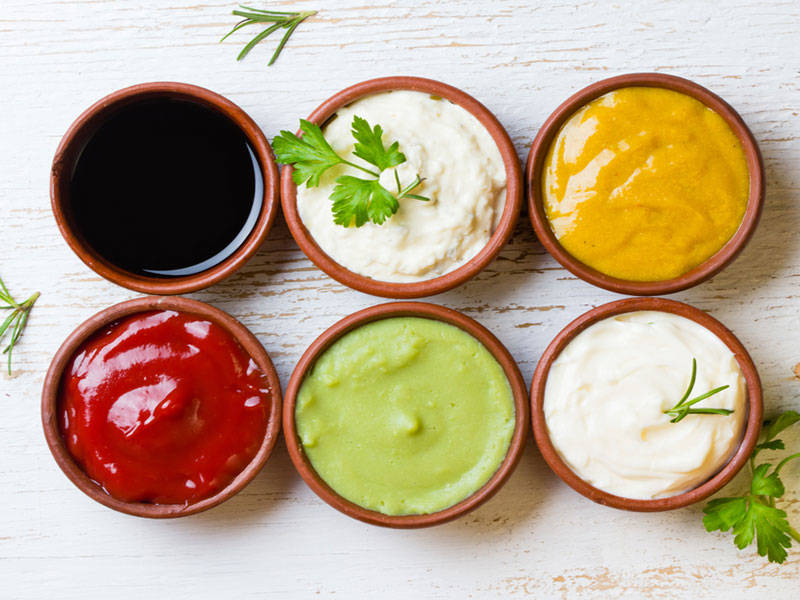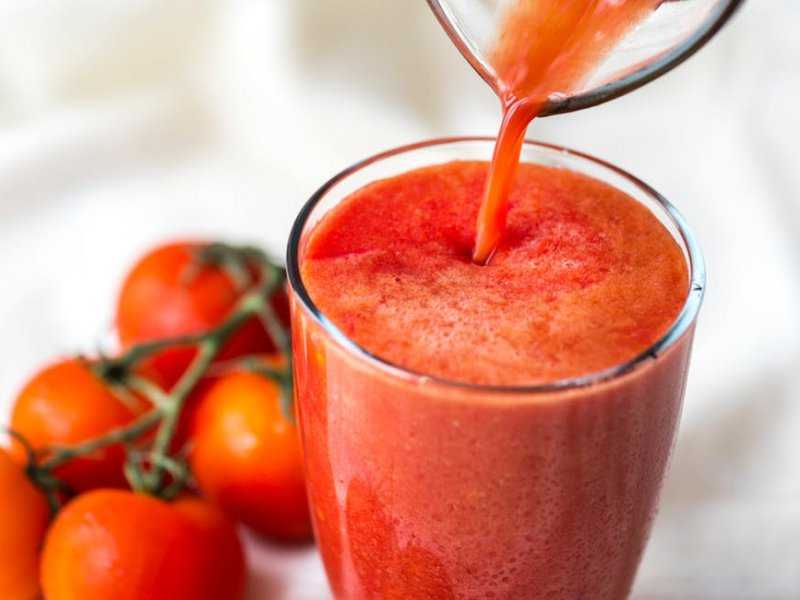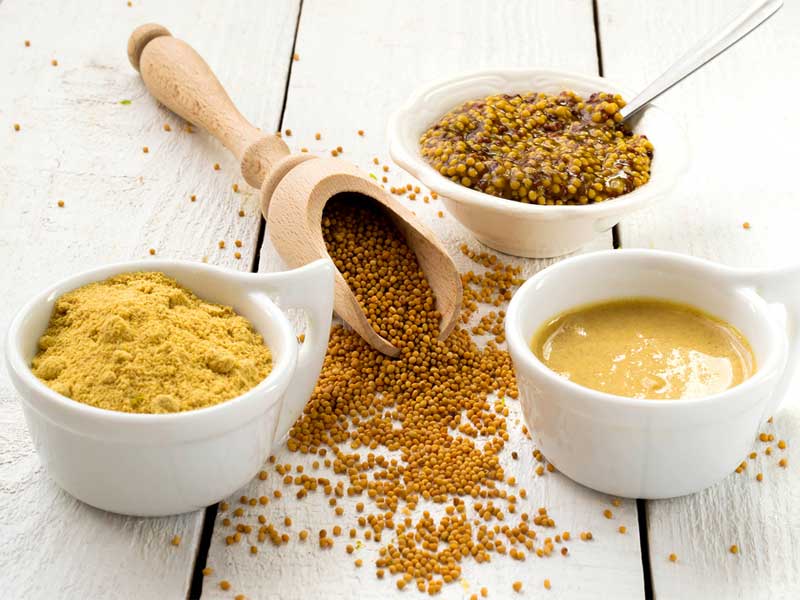The Difference Between Tomato Sauce and Tomato Paste: Understanding the Variations
Introduction:
Tomato-based products are widely used in various cuisines around the world, with tomato sauce and tomato paste being two common ingredients found in many recipes. While both tomato sauce and tomato paste are derived from tomatoes, they differ significantly in terms of their preparation, consistency, and flavor profiles. Understanding the distinctions between these two popular ingredients is crucial for any chef, home cook, or food enthusiast. In this article, we will delve into the specifics of tomato sauce and tomato paste, exploring their differences, uses, and benefits.
Part 1: Tomato Sauce
1.1 Definition and Characteristics:
– Tomato sauce, also known as marinara or tomato gravy, is a cooked sauce made primarily from tomatoes.
– It typically incorporates a variety of ingredients such as onions, garlic, herbs (e.g., basil, oregano), and seasonings to enhance flavor.
– Tomato sauce often has a smooth and thin consistency, with a vibrant red color, owing to its diluted nature.
1.2 Preparation and Ingredients:
– Tomato sauce is made by simmering tomatoes in a liquid (often water or broth) along with the additional ingredients.
– The tomatoes used can be fresh, canned, or even sun-dried, depending on the desired flavor profile.
– The cooking process allows the flavors to meld together, resulting in a harmonious blend of taste and texture.
1.3 Uses in Cooking:
– Tomato sauce is a versatile ingredient, commonly used as a base or topping in a variety of dishes.
– It serves as a fundamental component in Italian cuisine, being utilized in pasta dishes, pizzas, lasagnas, and meatball preparations.
– Tomato sauce is also used in soups, stews, and casseroles as a flavor enhancer.
– Its tangy and sweet flavors make it a favored condiment for sandwiches, burgers, and hotdogs.
1.4 Nutritional Benefits:
– Tomato sauce is packed with essential nutrients, including vitamins (A, C, K), minerals (potassium, calcium), and dietary fiber.
– It contains lycopene, a powerful antioxidant that may help reduce the risk of certain chronic diseases, including heart disease and certain types of cancer.
– Tomato sauce is also relatively low in calories and fat, making it a healthier option compared to other sauces like cream-based or oil-based options.
Part 2: Tomato Paste

2.1 Definition and Characteristics:
– Tomato paste is a concentrated form of tomatoes that has a thicker consistency, deeper color, and stronger flavor compared to tomato sauce.
– It is commonly sold in small cans or tubes and contains no added water or other ingredients.
2.2 Preparation and Ingredients:
– Tomato paste is made by cooking tomatoes for a longer duration to remove excess moisture.
– The tomatoes are typically peeled, deseeded, and then processed into a thick paste.
– Tomato paste may or may not undergo a further cooking process for flavor development, depending on the brand and quality.
2.3 Uses in Cooking:
– Tomato paste serves as a flavor and color booster in many recipes, often acting as a foundation for sauces, stews, and gravies.
– It is frequently employed in dishes where a more intense tomato flavor is desired, such as bolognese sauce, chili, or curry.
– Tomato paste can be used to thicken soups and braises, providing a rich and concentrated taste.
– It is a common ingredient in homemade barbecue sauces and marinades.
2.4 Nutritional Benefits:
– Tomato paste retains the nutritional benefits of fresh tomatoes, including vitamins (A, C, E) and minerals (potassium, manganese).
– Furthermore, the concentrated form of tomato paste allows for higher levels of lycopene, making it an excellent source of this antioxidant.
– Due to its concentrated nature, tomato paste should be consumed in moderation, as it contains higher levels of calories, sodium, and sugar compared to tomato sauce.
Conclusion:
Tomato sauce and tomato paste may share a common origin, but their divergent characteristics make them distinct ingredients with unique uses in cooking. Tomato sauce is a versatile, aromatic base used in a wide range of dishes, while tomato paste adds depth and intensity to recipes in which a robust tomato flavor is desired. Both options offer nutritional benefits, and their suitability depends largely on the specific culinary application. By understanding the differences between tomato sauce and tomato paste, individuals can confidently select the appropriate ingredient to elevate their culinary creations.1. Tomato Sauce vs. Tomato Paste: Market Demand and Trends
– The tomato sauce and tomato paste market experiences high demand due to their widespread usage in cooking around the world.
– Tomato sauce holds a significant share in the market, primarily driven by the growing popularity of Italian cuisine globally.
– Tomato paste, on the other hand, is notably used in various regional cuisines, such as Mexican, Thai, and Indian, where a concentrated tomato flavor is desired.
– Both products are widely available in supermarkets, grocery stores, and online platforms, catering to the diverse needs of consumers.
2. Production and Sourcing of Tomato Sauce and Tomato Paste

– Tomato sauce and tomato paste are produced through different processes to achieve their distinct characteristics.
– Tomato sauce is often made in large-scale production facilities that involve the industrial cooking and blending of tomatoes, along with other ingredients.
– Tomato paste production, on the other hand, requires a more complex and concentrated process involving the reduction of tomato puree through prolonged cooking and removing most of the water content.
– Tomatoes used for both tomato sauce and tomato paste can be sourced from local farmers, contracted growers, or purchased as bulk quantities from tomato-processing companies.
3. Packaging and Branding Considerations
– Tomato sauce is commonly packaged in glass jars, cans, or plastic bottles to ensure shelf stability while also providing convenient usage and storage options.
– Tomato paste is often packed in small cans or tubes to maintain its concentrated form and preserve its flavor over time.
– Branding plays a crucial role in attracting consumers to purchase tomato sauce and tomato paste, with recognizable labels and packaging designs giving a competitive advantage.
– Differentiating factors may include claims such as organic, no-added-sugar, no-preservatives, or premium quality, depending on the target market and consumer preferences.
4. Shelf Life and Storage of Tomato Sauce and Tomato Paste
– Tomato sauce typically has a shorter shelf life compared to tomato paste due to its higher water content and added ingredients.
– Unopened tomato sauce can generally last for up to a year when stored in a cool, dry place, away from direct sunlight.
– Once opened, tomato sauce should be refrigerated and consumed within a few days to prevent spoilage.
– Tomato paste, with its lower moisture content, has a longer shelf life and can last up to several years when stored correctly.
– It is advisable to transfer any unused tomato paste into an airtight container and store it in the refrigerator after opening to maintain its quality and prevent spoilage.
5. International Trade and Export Opportunities
– Tomato sauce and tomato paste have significant global trade opportunities, with various countries exporting and importing these products.
– Italy, for instance, is renowned for its tomato sauce exports, as it is a staple ingredient in many Italian dishes.
– Mediterranean countries like Spain, Greece, and Turkey also contribute to significant tomato sauce production and export.
– Exporting tomato paste is often a lucrative business, with major players like the United States, China, and Italy being notable producers and exporters.
– Developing countries with a rich tomato-growing tradition, such as Nigeria and India, also have a substantial export market for tomato paste.
6. Health and Dietary Considerations
– Tomato sauce and tomato paste, being primarily composed of tomatoes, offer several health benefits.

– Tomatoes are rich in vitamins, minerals, and antioxidants, which help promote overall health and prevent chronic illnesses.
– However, it is essential to choose tomato sauce and tomato paste products with minimal additives, preservatives, and added sugars to maximize their nutritional benefits.
– Individuals with dietary restrictions, such as low-sodium or low-carbohydrate diets, should carefully read labels and consider alternative options to ensure compatibility with their dietary needs.
7. Culinary Applications and Recipes
– Tomato sauce and tomato paste have versatile culinary applications, making them indispensable ingredients in many recipes.
– Tomato sauce forms the basis of classic dishes such as spaghetti bolognese, lasagna, and pizza, providing a savory and tangy flavor profile.
– Tomato paste is commonly used to enhance the flavors of soups, stews, and sauces, adding a rich and concentrated tomato taste.
– Many international cuisines call for tomato paste as a key ingredient in dishes like mole sauce, curry, and even some desserts.
8. Restaurant and Foodservice Industry Usage
– The restaurant and foodservice industry heavily relies on tomato sauce and tomato paste for menu offerings.
– Tomato sauce is a staple ingredient in pasta dishes, pizzas, sandwiches, and many other culinary creations served in restaurants and food establishments.
– Tomato paste is often used by professional chefs and commercial kitchens to create signature sauces, marinades, and gravies that require a bold tomato flavor.
– Bulk packaging options and commercial-grade tomato sauces and pastes cater specifically to the demands of the foodservice industry, offering convenience and consistency in high-volume settings.
9. Consumer Preferences and Ethical Considerations
– Consumer preferences in terms of taste, texture, and quality influence the market demand for tomato sauce and tomato paste.
– An increasing number of consumers are opting for organic, natural, and sustainably sourced tomato products, reflecting the growing emphasis on ethical and socially responsible food choices.
– Manufacturers and producers are responding to these preferences by offering a range of options, including organic, non-GMO, and sustainably packaged tomato sauce and tomato paste.
10. Opportunities for Innovation and Product Development
– The tomato sauce and tomato paste industry provides opportunities for innovation and product development, driven by changing consumer preferences and dietary trends.
– Manufacturers are exploring low-sodium, sugar-free, and gluten-free options to cater to health-conscious consumers.
– Additionally, incorporating unique flavors, herbs, and spices into tomato-based products can differentiate brands and appeal to a broader consumer base.
Conclusion:
Understanding the differences between tomato sauce and tomato paste is essential for both businesses and consumers. Each product has its own unique characteristics, culinary uses, and market demands. By recognizing these distinctions, companies can tailor their product offerings to meet the specific needs of their target audience. Likewise, consumers can make informed choices when selecting tomato-based ingredients for their cooking endeavors. Whether used as a base for sauces or as flavor enhancers, tomato sauce and tomato paste continue to be integral components of global cuisine, shaping the culinary landscape across cultures and preferences.









